Old Computer Programs on Linux
Old computer programs hold a unique charm. They remind one of the very early days of computing, where efficiency and simplicity were paramount. Most of these programs have proven to stand the test of time, and today with Linux, it is easier than ever to run those old computer programs on your Linux systems.
So let’s get down to details on how you can breathe life back into those old applications in this blog. Linux is famous for its flexibility, which makes it a great platform for running legacy software. Nostalgia or specialized needs, you will find that the platform of Linux does present many ways to revive old programs. Running old computer programs on Linux isn’t just for tech enthusiasts. It’s practical, especially if you need specific older applications for work. Let’s explore the best ways to run old software, covering tools, compatibility layers, and techniques to make it happen.
Why Run Old Computer Programs on Linux?
Running old computer programs on Linux brings several advantages. Linux systems are incredibly flexible. They allow you to customize and optimize for older software that was written decades ago. Here’s why using legacy software could be desirable.
Nostalgia
Older games, text editors, and utilities can bring back memories of simpler times.
Unique Functionality
Some old software does things no modern program does as effectively.
Work Requirements
Certain businesses still rely on legacy systems and software.
Low Resource Use
Old programs often require fewer resources and run faster on modern machines.
Popular Methods for Running Old Software

On Linux, there are multiple ways to run outdated applications. One or more of these approaches might be more appropriate for you, depending on your need.
1. Using Compatibility Layers: WINE
WINE is among the most well-known tools. WINE is probably the most famous. The acronym represents “Wine Is Not an Emulator.” It makes it possible to use Windows apps directly from the Linux environment and does away with the need to install Windows.
How Operates
WINE provides a compatibility layer between Windows programs and Linux. It converts system calls from Windows to their equivalents in Linux. As a result, many outdated Windows apps are compatible with Linux.
Pros
- Free and open source.
- Good support for many old Windows applications.
- Less overhead than virtual machines, making it lightweight.
Cons
- Not all applications work flawlessly.
- Some graphical glitches may appear in complex software.
2. Emulation: DOSBox
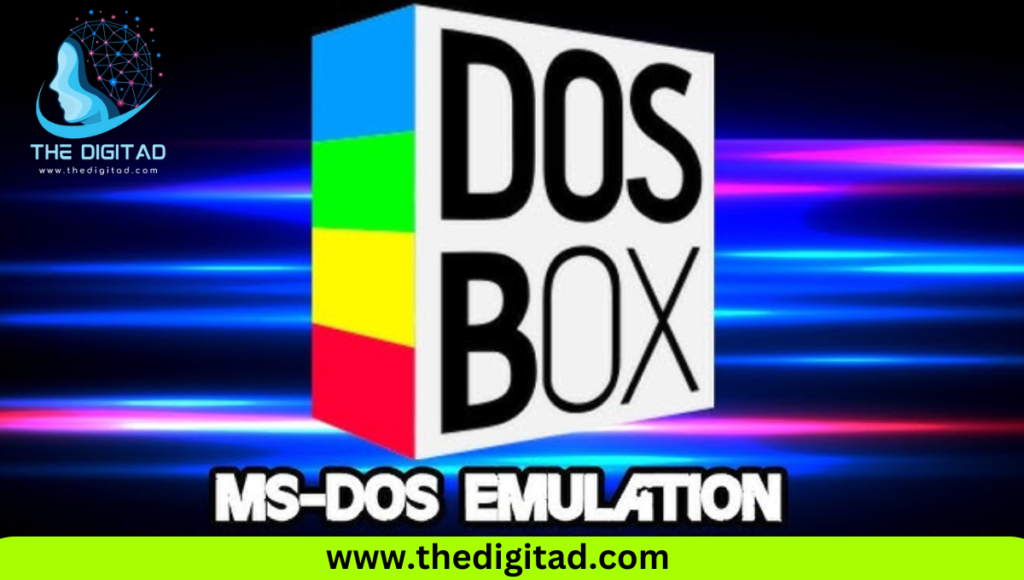
DOSBox is the best shot for anyone interested in running older computer programs on Linux from the DOS days. It is an emulator that is available for free and was created especially to run DOS progra
How Operates.
DOSBox emulates an entire DOS environment. The emulator simulates all hardware and software of a real DOS system, enabling you to run older DOS-based applications natively on your modern hardware.
Pros
- Ideal for executing DOS-based programs and games.
- Easy to use.
- Emulates old hardware precisely.
Cons
- Limited to DOS programs.
- Resource-intensive for larger applications.
3. Virtual Machines: Running Full Operating Systems
Another option is using virtual machines (VMs). A VM allows you to install an entire operating system on your Linux machine. You can install Windows, MS-DOS, or any older OS required by the program you want to run.
How It Works
A VM simulates a complete physical computer. This includes all hardware components. You can then install an old operating system and the required software within this virtual space.
Pros
- Works with any operating system.
- Highly customizable.
- Excellent isolation between the host and guest operating system.
Cons
- Resource heavy.
- Requires more setup and configuration.
| Virtual Machine Benefits | Details |
| Supports All Operating Systems, Can run any old OS (Windows 95, DOS, etc.) inside a VM. | |
| Isolation | Full isolation from the host system. |
| Performance | Requires more resources compared to WINE and DOSBox. |
4. Package Management Systems: Accessing Precompiled Older Software
If you’re looking for old UNIX programs, Linux’s package management systems are another great way to find and install older software. Repositories often contain legacy versions of software that can be installed easily.
How It Works
Many Linux distributions maintain repositories of software. Some of these repositories have older versions that may still be useful. You can use the package manager to install old software directly from these sources.
Pros
- Simple to use.
- Reliable and stable.
- Software is precompiled for your system.
Cons
- Restricted to the applications that is stored in the repository.
- Might not have extremely old versions.
Best Linux Distros for Running Old Computer Programs
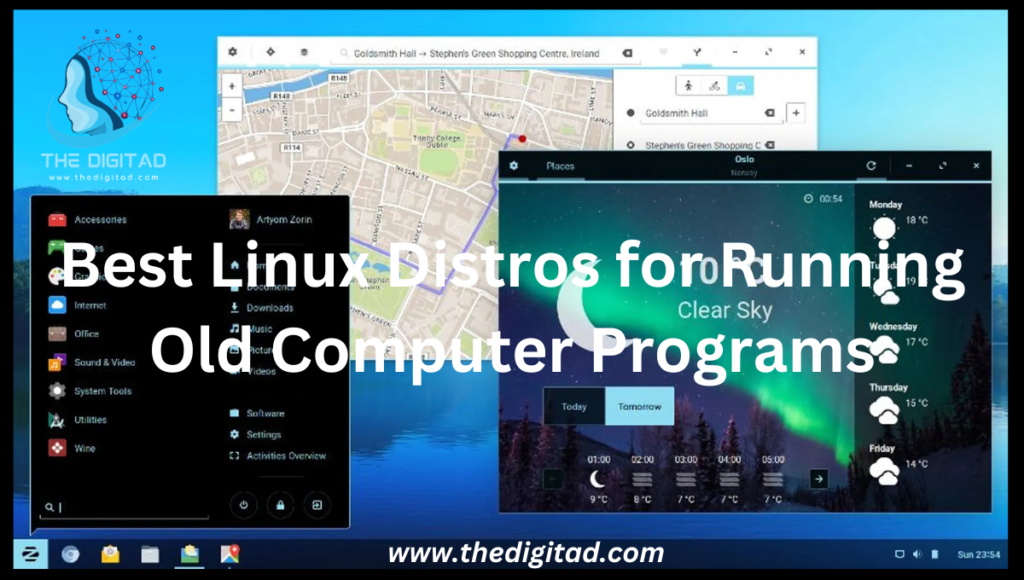
Not all Linux distributions are equally good for running old software. Some are built specifically for this purpose, while others offer tools and packages to make it easier. Recommended Linux Distributions
Ubuntu
One of the most popular distributions, Ubuntu has excellent support for WINE and other compatibility layers. Its wide range of available packages makes it a solid choice.
Arch Linux
It is due to its flexibility and ability to access old packages, and allows installation of almost any version of software from its AUR, which stands for Arch User Repository.
Debian
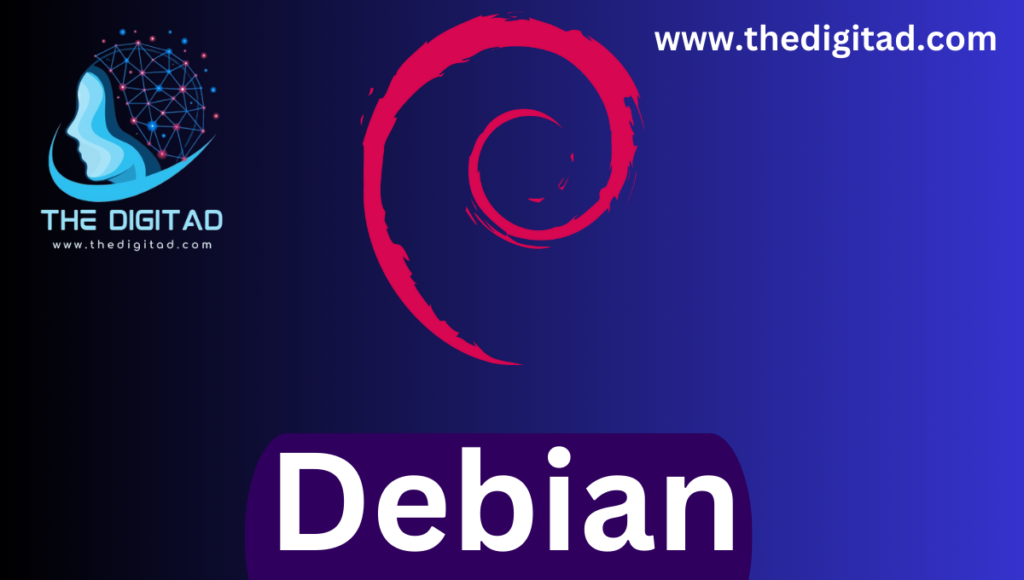
Debian
Stable, suitable for production environment and running with older software.
Slackware
The oldest distribution of Linux, Slackware is suitable for those users who need to run old software in a minimal system.
| Linux Distro | Why It’s Great for Old Software |
| Ubuntu | Excellent support for WINE and broad package availability. |
| Arch Linux | Allows access to old software versions through AUR. |
| Debian | Stable and secure, ideal for running legacy applications. |
| Slackware | Adaptable and lightweight, ideal for simple systems. |
Additional Insights: Nostalgia Meets Innovation
While it is interesting to see what the old programs have in store, it is equally essential to understand how they inform current software development. Many modern applications borrow ideas from their predecessors’ efficiency, simplicity, and functionality. Current frameworks and languages, such as Rust and Go, have been influenced by the design philosophies that shaped older programs.
Further, people around Linux never stop developing and updating older software; thereby, those will be on hold even in today’s fast evolving technological sphere. In that light, the initiative of the archive team aims to preserve older software and games so later generations might learn from this aged technology.
FAQs: Old Computer Programs on Linux
1. Can I run Windows apps on a Linux machine?
Indeed. It is possible to run Windows apps on Linux by utilizing WINE, a compatibility layer for virtual machines.
2. Is there anything against running old software on Linux?
Provided you have a legitimate copy of the software or is open-source, there is nothing wrong with running it on Linux.
3. Is it either WINE or DOSBox?
It depends. WINE is better for Windows-based applications, while DOSBox is perfect for older DOS software.
4. Can I use Linux to run ancient Mac programs?
Yes, but there are more complexities. You may run older Mac OS versions on Linux by using emulators such as Sheep Shaver.
5. How do I install WINE?
You can install WINE using your Linux distribution’s package manager; for example, with apt on Ubuntu or Pacman on Arch.
6. Suppose I want to run a specific incarnation of a Linux application?
Use your package manager to check for older versions of the software in repositories or look for it in community driven repositories like the AUR in Arch Linux.
Conclusion
Running old computer programs on Linux is both practical and fun. Linux’s flexibility allows users to bring back vintage software through multiple methods. Whether you’re using WINE, DOSBox, or a full virtual machine, Linux makes it easier than ever to revisit or continue using legacy software.
If you’re ready to bring those old computer programs on Linux back to life, start exploring the various tools mentioned above. From compatibility layers to emulation, there’s a solution for nearly every need. Linux gives you the power to explore computing’s past while enjoying the benefits of modern hardware. Happy computing!
Read more Article about Software and other Categories at The Digit Ad


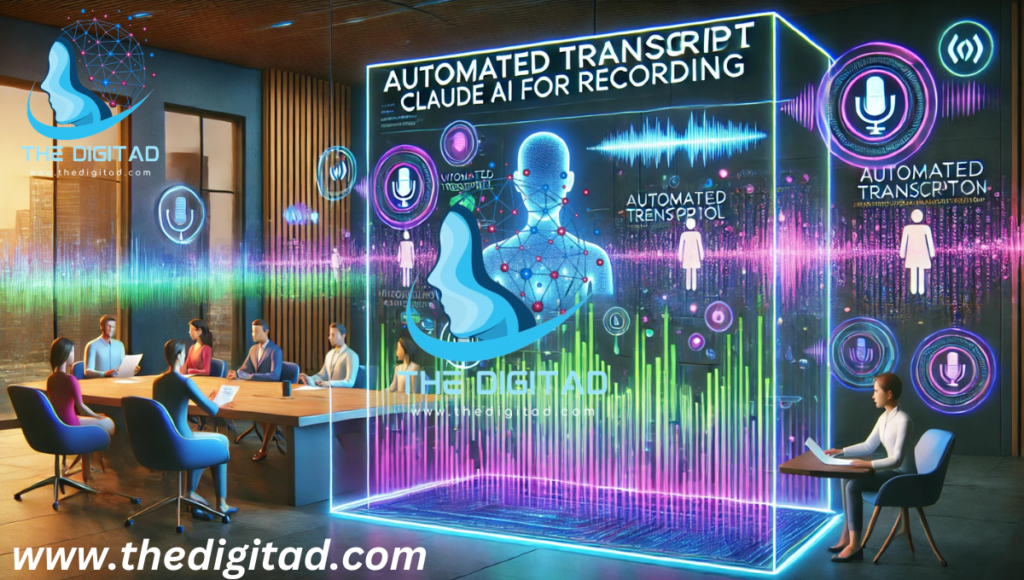





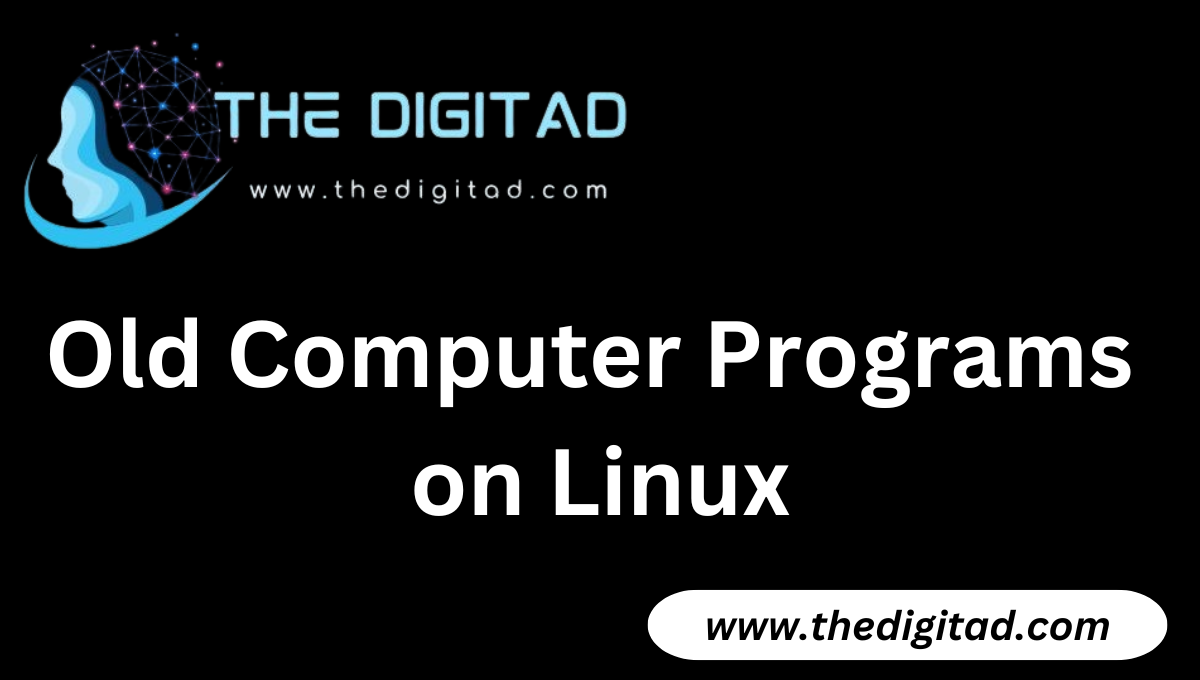










Post Comment